The Power of Our Platform: rSM Modalities
With our platform, Arrakis identifies highly selective, potent RNA-targeted small molecules (rSMs) capable of directly binding to RNA structures. This opens the potential to design medicines that target RNA with multiple drug modalities to impact the biology of disease processes and address therapeutic targets that have historically been difficult to reach.

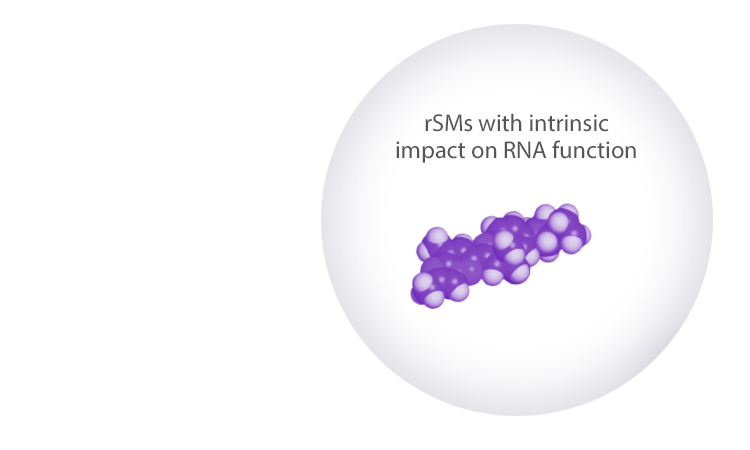

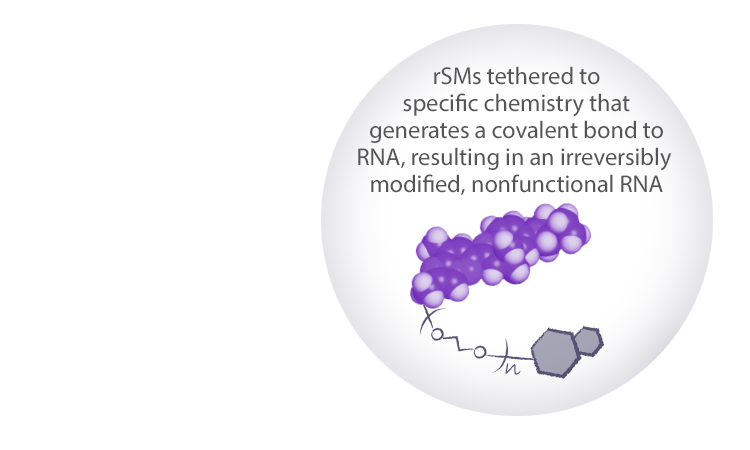
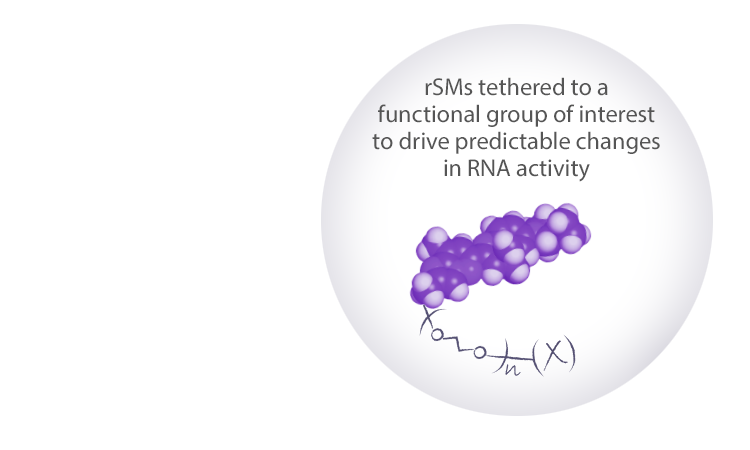
Selective and potent rSMs are the heart of the multiple therapeutic applications that we are pursuing through programs in our internal pipeline and with collaborators:
We pursue the far-reaching therapeutic opportunities presented by RNA biology.
Emerging research, including our own, now makes it possible to overturn the conventional belief that RNA is intractable as a small molecule target. The most established drug modality, small molecules, can now target RNA via different modalities to dramatically expand the realm of RNA-targeted medicines.
Using the principles of modern structure-based drug design, we discover rSMs based upon our foundational understanding of the relationships among RNA sequences, the two- and three-dimensional structures they form, and their functions.
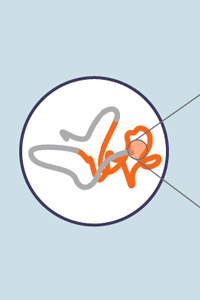


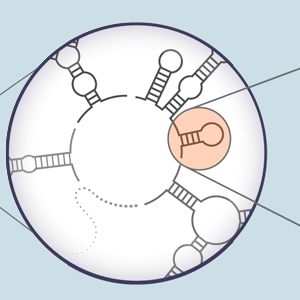
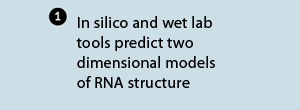
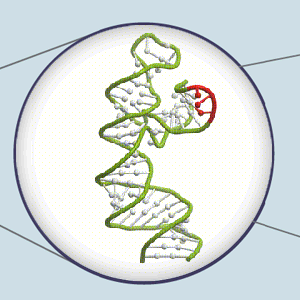

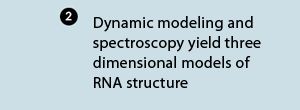

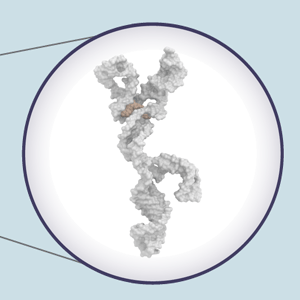

Elucidating the foundation of structure activity relationship (SAR) for rSMs binding to RNA
Central to our approach is an appreciation of the complexity of RNA and the relationship of its sequence to structure and function. This enables us to build a powerful drug discovery foundation for selecting and optimizing rSMs that bind to RNA. In particular, we now know:
- RNA folds into predictable and often conserved secondary and tertiary substructures that can be inferred from sequence.
- RNA substructures are functionally significant, influencing steps in the life cycle of RNA such as splicing, translation, and degradation.
- Synthetic RNA molecules can recapitulate the 3D structures found in cells.
- RNA structures are diverse and dynamic, and selective binding is achievable with small molecules.
We are continuing to screen hundreds of RNA targets to deeply explore chemical and RNA structure space. The result is a unique understanding of the principles of RNA sequence-structure-function relationships and RNA-small molecule interactions that continue to guide us to select the most promising target/hit combinations to advance as therapeutic programs.
